

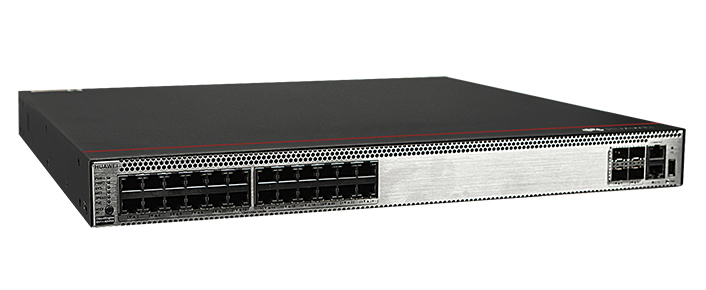
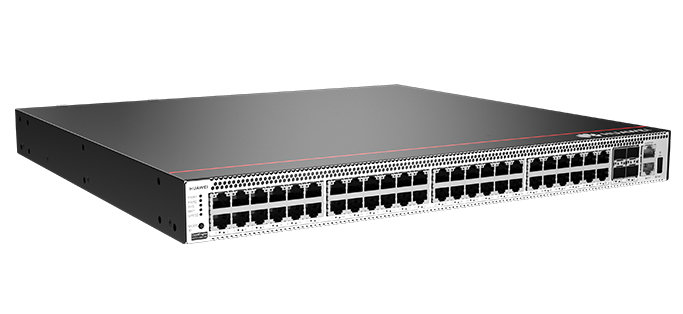

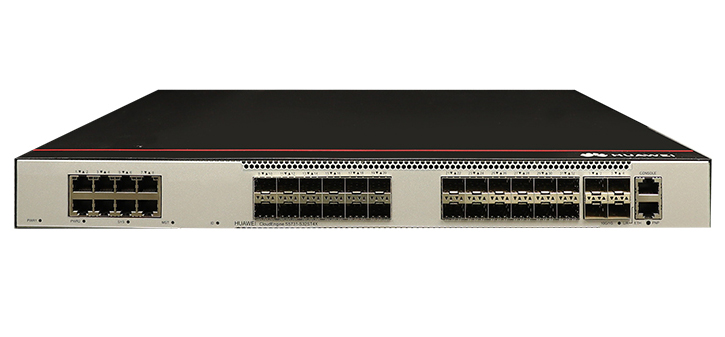
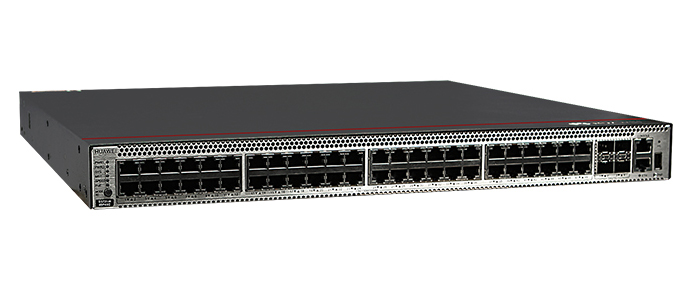
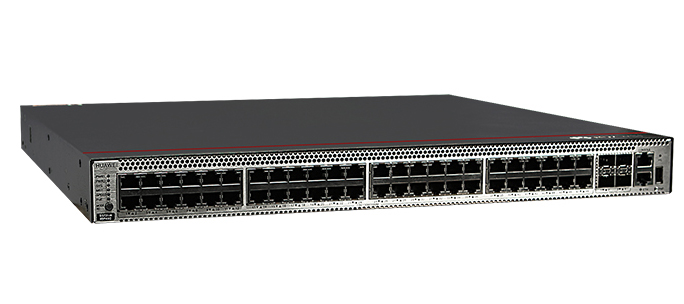

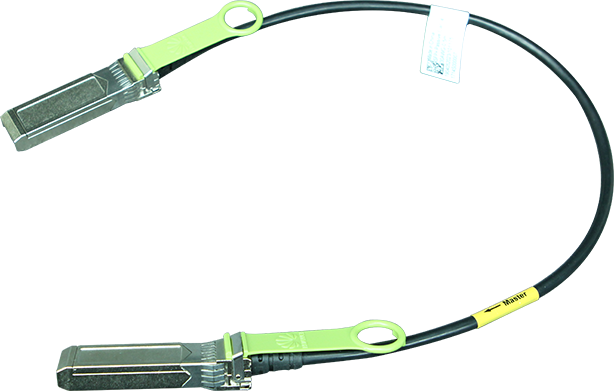
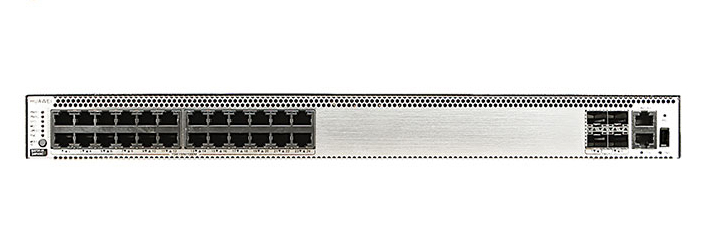

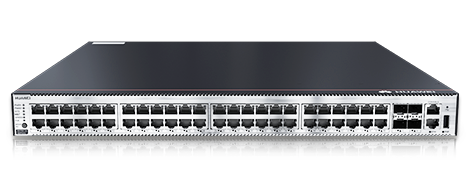
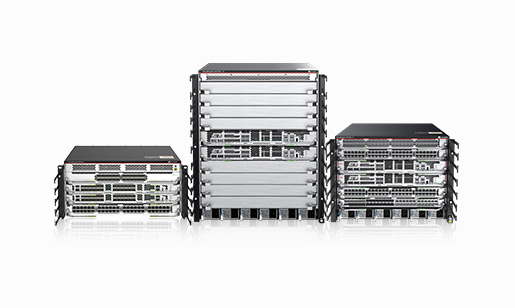






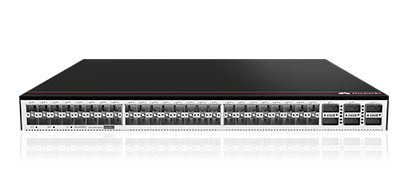
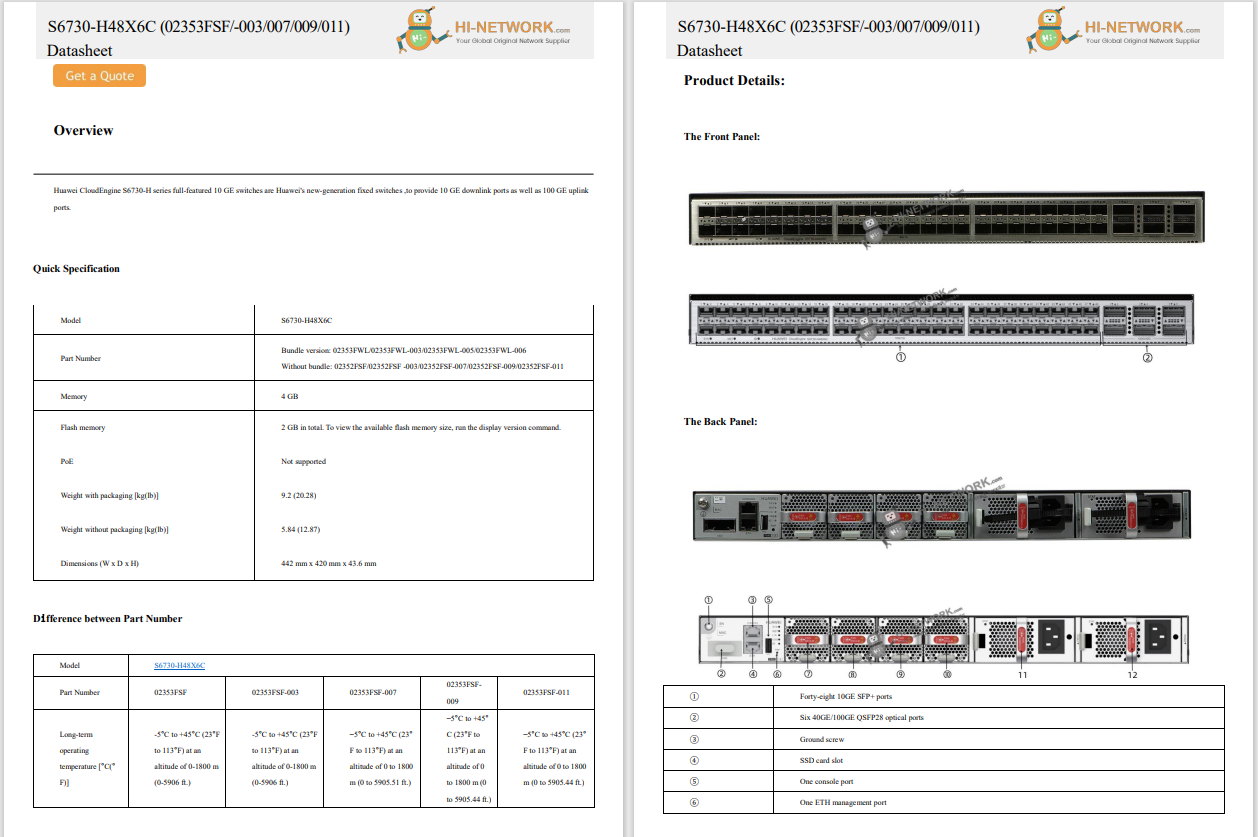
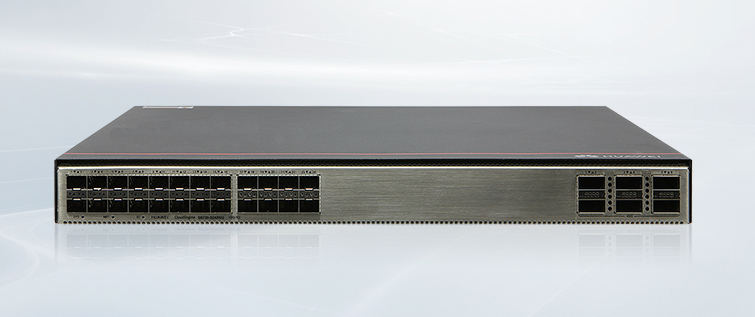


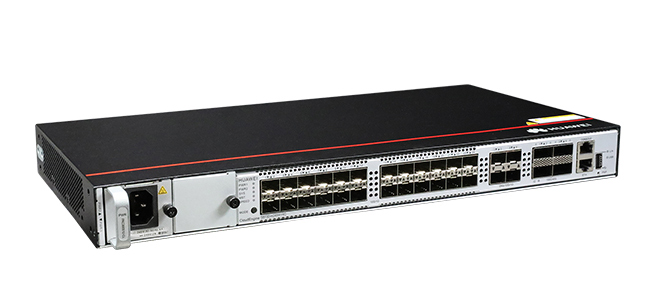
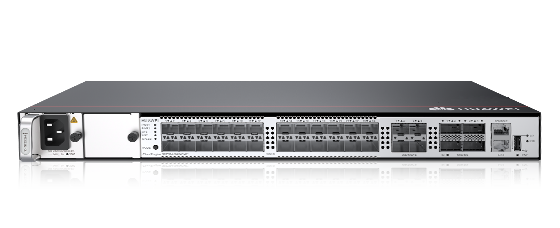
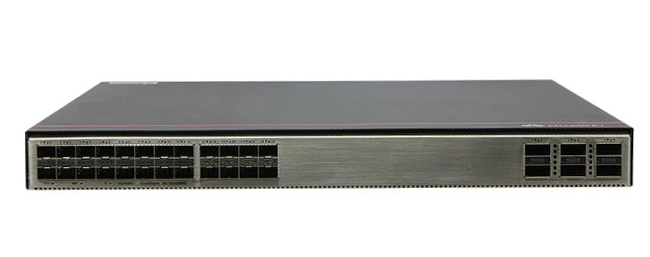


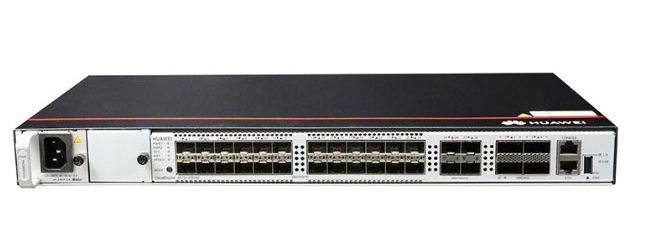
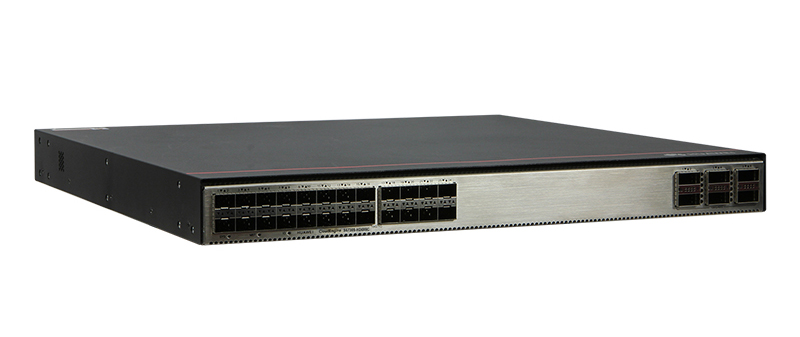

For a limited time, thebreakaway USB-C adapter is being sold at a 30% discount, bringing it down to about$20.
This might be one of the best USB-C accessories I've ever purchased. Although simple and straightforward, it has protected my USB-C ports from damage numerous times and prevented laptops from being pulled to the floor by people (usually me) tripping over the charging cable.
Also: I found the AirTags that Android users have been waiting for (and they're very accurate)
It's amagnetic breakaway USB-C connector similar to Apple's MagSafe connector, compatible with all your devices, from smartphones and tablets to power banks, docks, and laptops, including MacBooks that lack MagSafe. I've got a good handful of these connectors, and I use them daily.
These magnetic USB-C connectors snap into place to protect your ports by automatically disconnecting if there's any pressure, preventing laptops from falling.
The best thing is that it doesn't slow down data transfer or charging. The connector has 24 pins, so every channel on the USB-C cable is carried through the connector, resulting in no compromises in data transfer speed.
The magnetic breakaway connector carried all 24-pins, ensuring full speed and power transfer
I know this because I've been testing several of them to find you the best and cheapest model.
A magnetic breakaway USB-C connector consists of two parts: the first part is the USB-C port that plugs into the device you want to protect -- be that a laptop, smartphone, charger, power bank, or other device -- and the other part goes on the end of the cable you're going to use.
Also: I expected this$20 Amazon Basics multitool to be junk, but it proved me wrong
Super-strong neodymium magnets keep the two parts together when in use until there's a pull on the connector, and then the two parts come apart. The magnets are very strong and pull the two parts together with a decisive snap. It's a simple idea yet brilliantly designed.
The magnetic USB-C connector snapping into place.
Just a note on the different versions of this product: I've tested both the 140W and 240W versions of this connector, and both reacted identically in the thermal and resistance tests. This makes sense, as these are just pass-through connectors, with the only active element being the LED light, leading me to conclude that the 140W versions just have the older branding.
Also: I use this budget Android tablet more than my iPad Pro - and why you probably would, too
I've used similar breakaway USB-C connectors before, back when Apple removed the MagSafe charging port from the MacBook Pro. Thankfully, things have come a long way since then: These connectors have been revamped, improving the design and magnet and bringing them up to date with support for features such as 140W charging.
These breakaway connectors come in three different types --straight , 90
 Hot Tags :
Tech
Smartphones
Mobile Accessories
Featured reviews
Hot Tags :
Tech
Smartphones
Mobile Accessories
Featured reviews